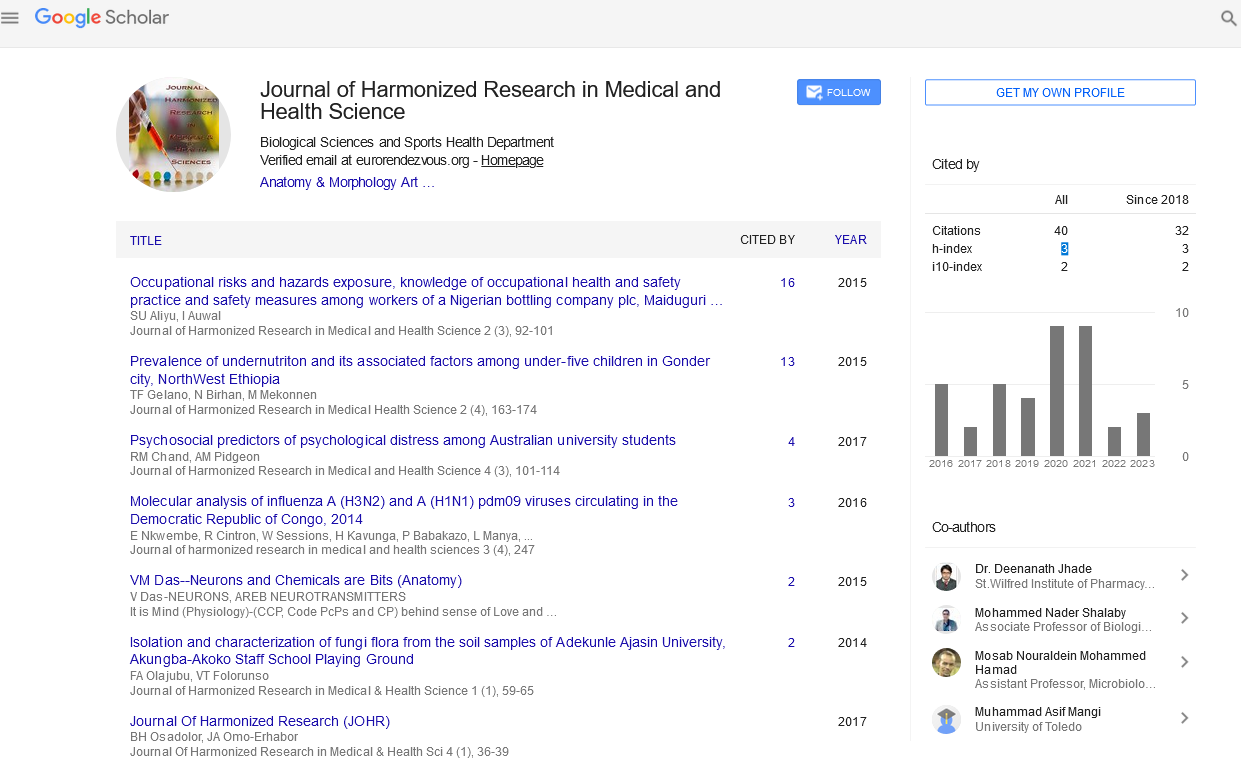A CASE OF HOLT ORAM SYNDROME WITH DEXTROCARDIA
Abstract
Author(s): Fairy Susan Varghese, Sunil K Agarwalla, Sadhana Panda
Holt-Oram syndrome (HOS) is an autosomal-dominant condition characterized by congenital cardiac and forelimb anomalies. It is caused by mutations of the TBX5 gene, a member of the T-box family that en codes a transcription factor. Secundum-type atrial septal defect (ASD) and ventricular septal defect (VSD) are the most common heart defects. Other cardiac defects range from asymptomatic conduction disturbances (first-degree heart block) to multiple structural defects. Almost every type of cardiac anomaly has been reported, either singly or as part of a group of multiple defects .The cause of these disparate clinical features is unknown. Here we report a case of a new born baby with absent left thumb and radius and the presence of an ostium secundum atrial septal defect suggestive of holt oram syndrome along with an incidental finding of asymptomatic dextrocardia..The purpose of the report is to highlight the varied clinical presentations of this rare entity










